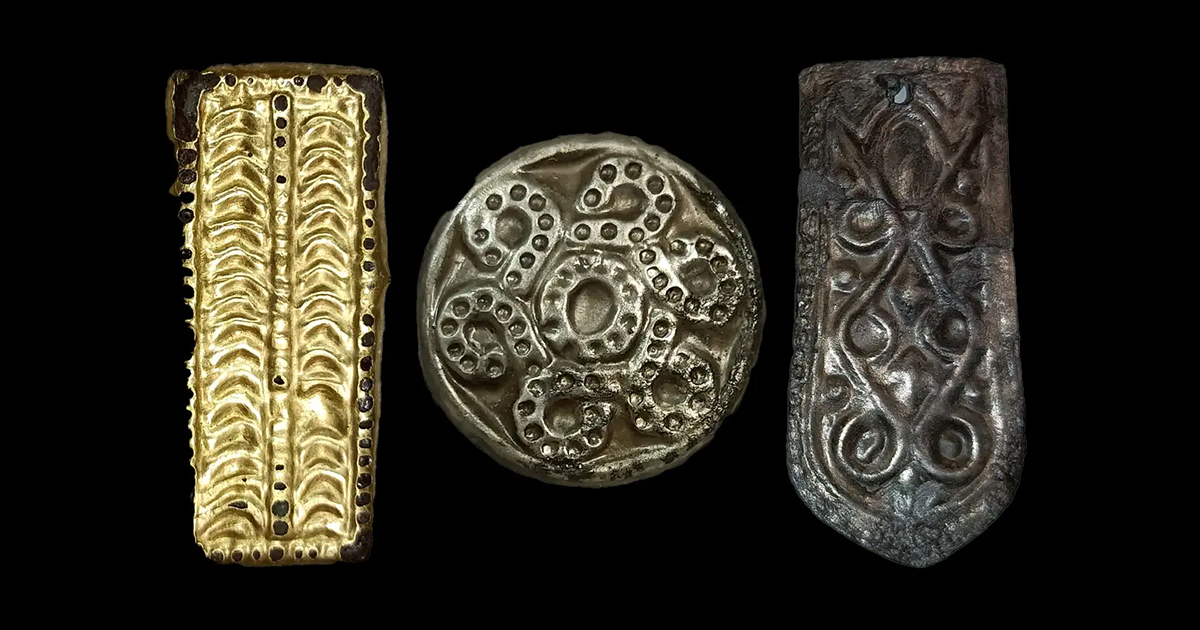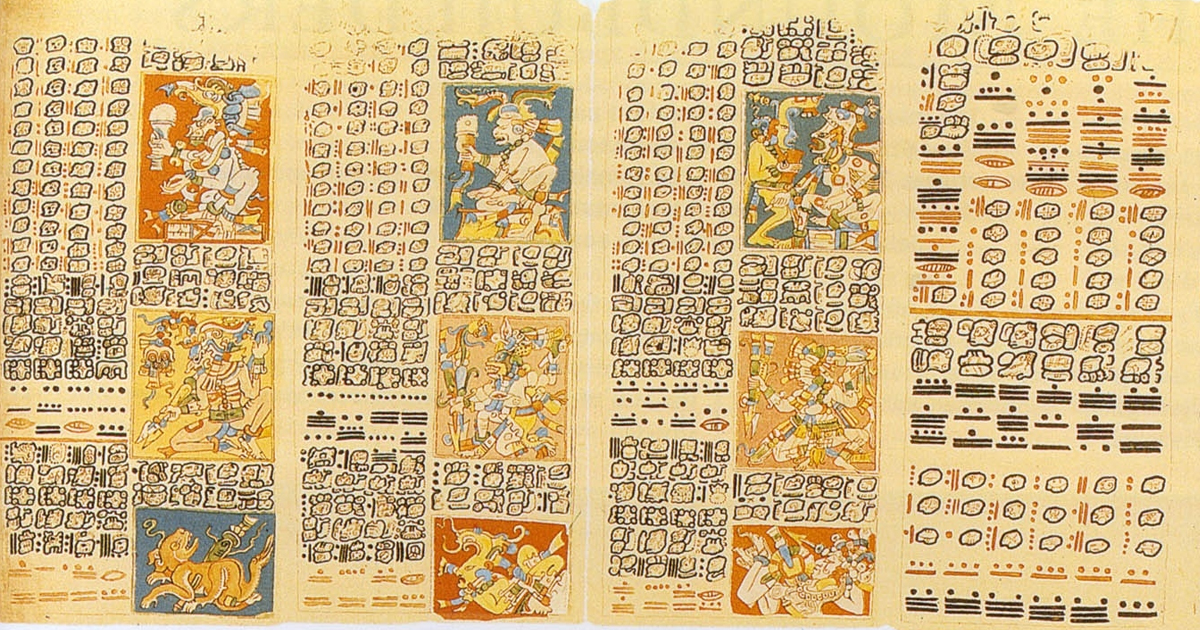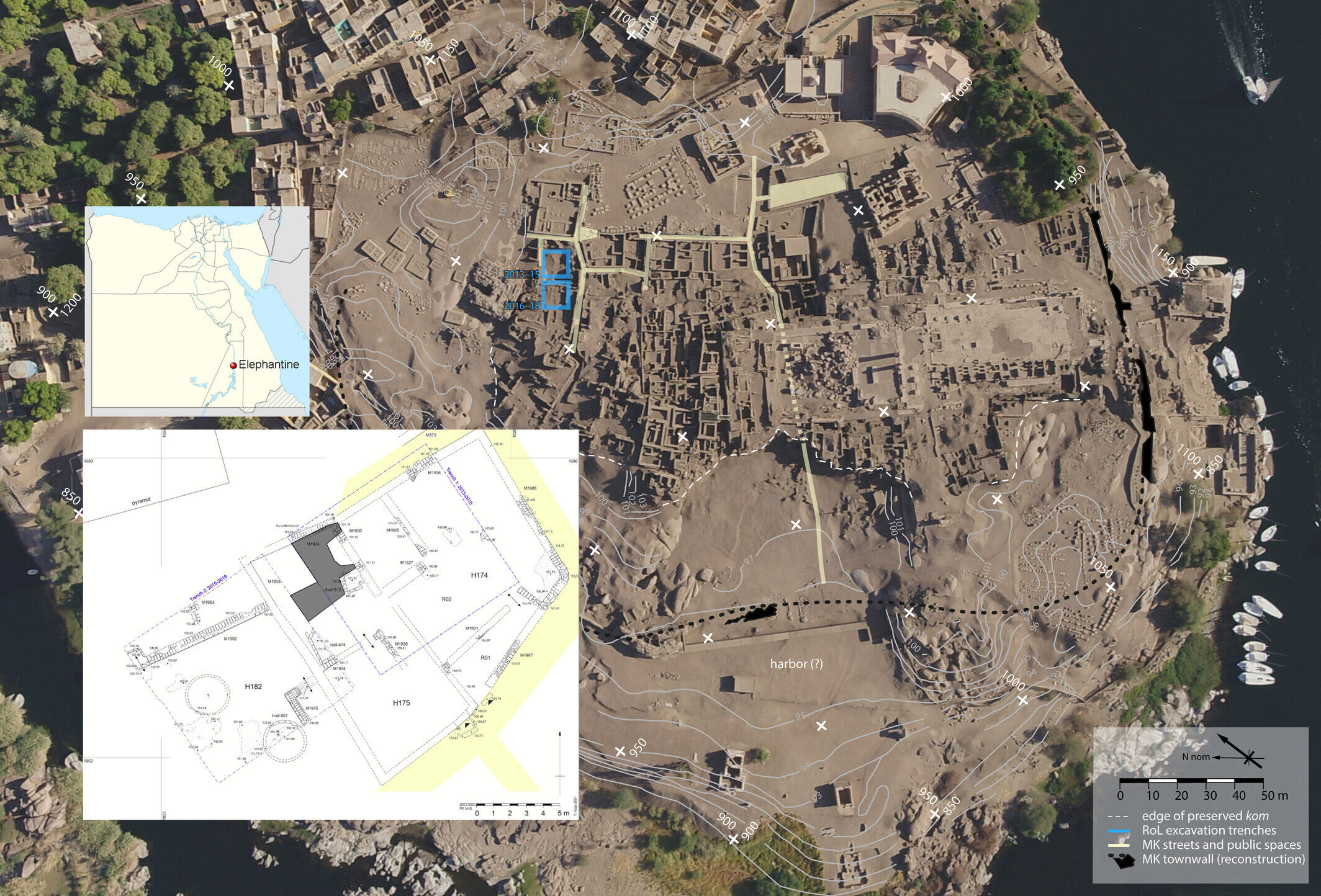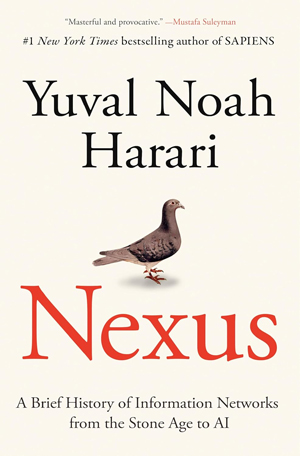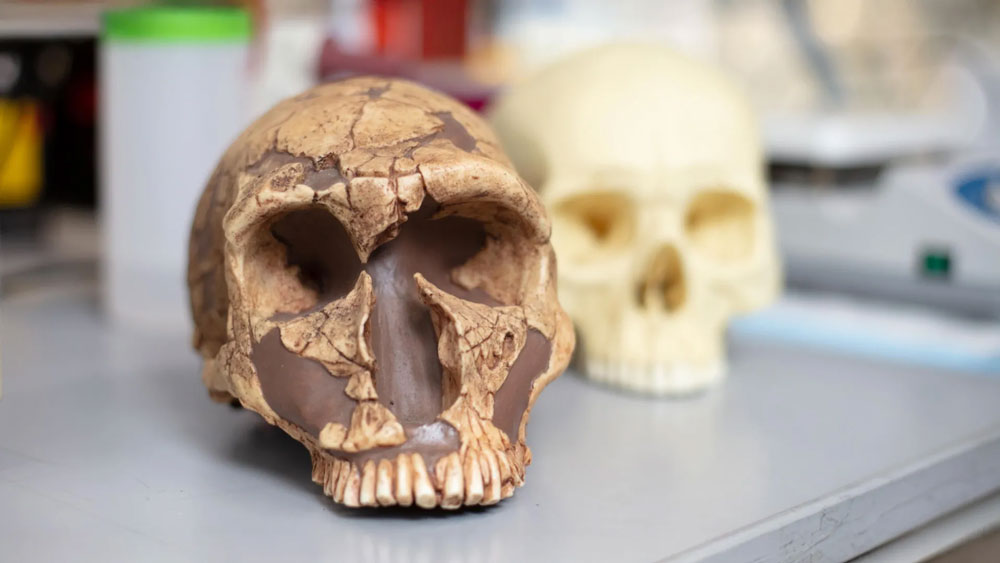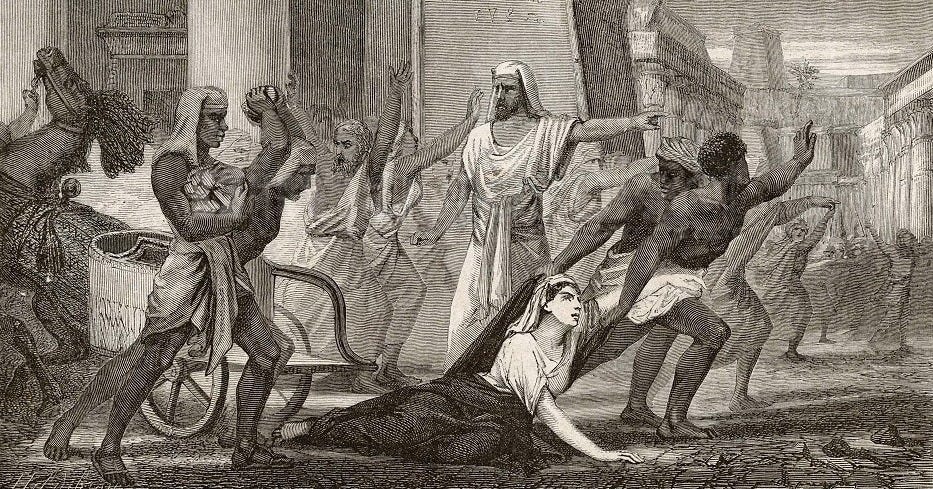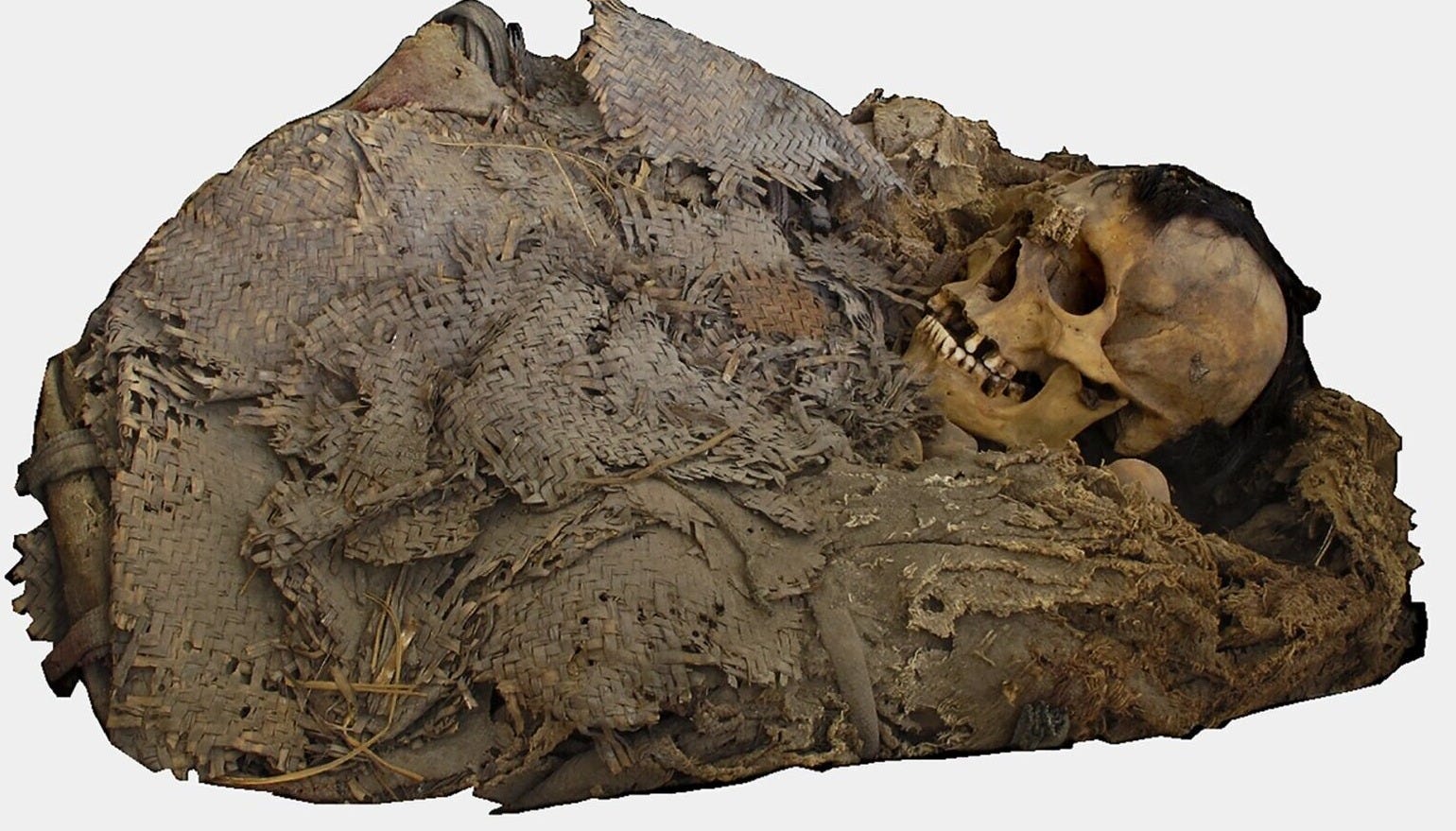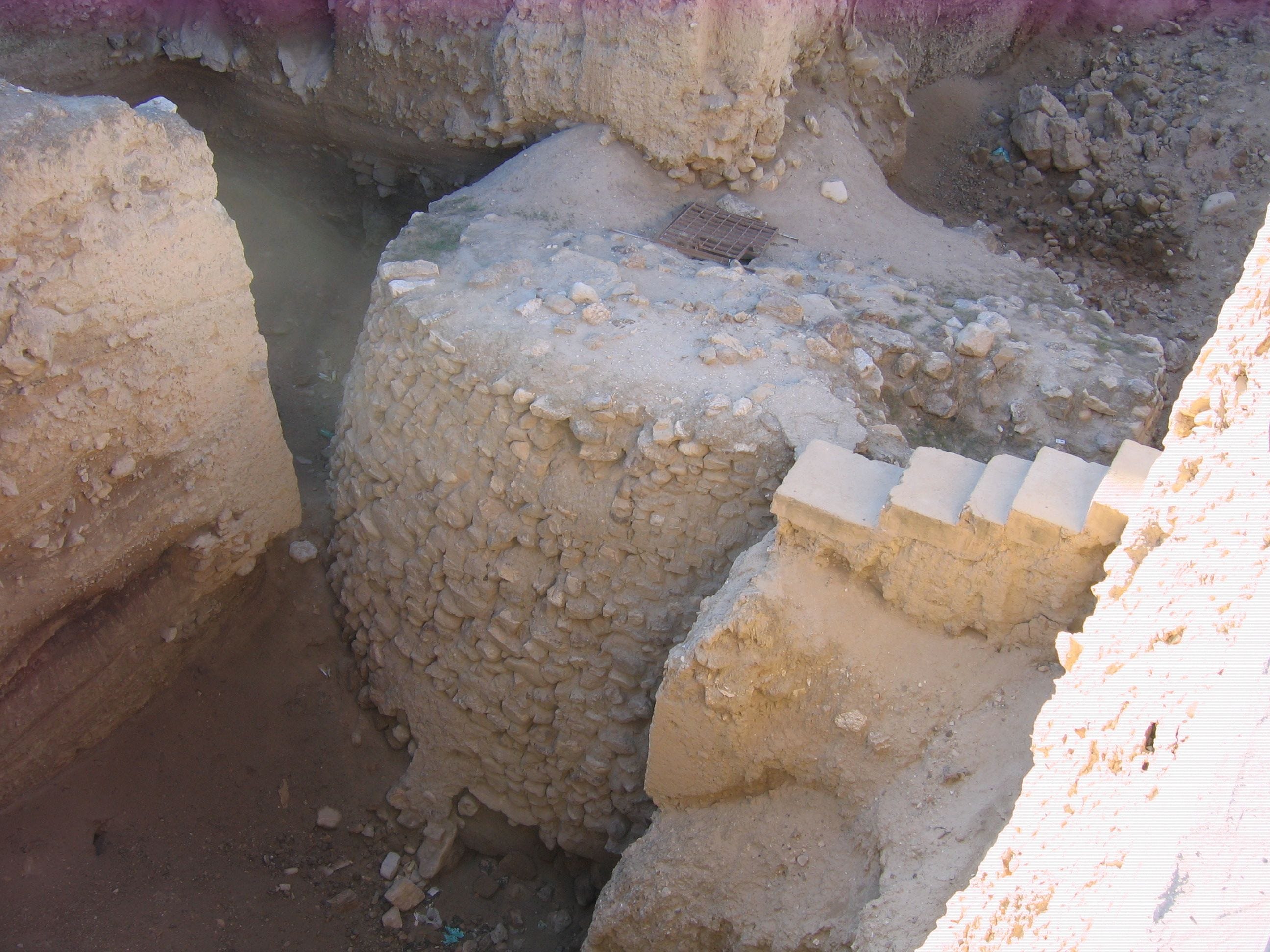In Egypt’s Sharqia Governorate, near the modern town of Tell el-Fara’un, archaeologists have uncovered significant remnants of the ancient city of Imet, dating to approximately 400–350 BCE. Recent excavations, led by a British team from the University of Manchester, have revealed a complex urban landscape buried beneath a hill, offering fresh perspectives on life in the Nile Delta during the Late Period of ancient Egypt.
Through advanced radar scanning and meticulous fieldwork, the team has exposed multi-story residences, storage facilities, and religious artifacts, shedding light on the city’s social structure, economy, and spiritual practices.
Excavation and Urban Layout
The archaeological investigation at Tell el-Fara’un, also known as Tell Nabasha, employed ground-penetrating radar and satellite imagery to map subsurface structures before excavation began. These non-invasive techniques identified areas with high concentrations of buried remains, guiding the team’s efforts.
The excavations revealed a variety of structures, including residential buildings, grain storage units, and shelters for livestock. Among the most notable finds are multi-story dwellings, referred to as “tower houses” by researchers. These structures, characterized by thick mudbrick foundations, were likely designed to accommodate extended families or communal groups, reflecting a densely populated urban center.
The layout of Imet suggests a well-organized city with a mix of residential, agricultural, and ceremonial spaces. Excavations also uncovered a structure near a central temple, though its precise function remains under study. The temple, dedicated to the goddess Wadjet, underscores Imet’s religious significance in the region. The presence of a ceremonial processional route, lined with mudbrick columns, further highlights the city’s role as a hub for ritual activities.
Artifacts and Cultural Insights
The dig yielded several artifacts that provide a glimpse into Imet’s material culture and religious practices. Among them is a green-blue ushabti, a funerary figurine crafted with intricate detail, dating to at least 2,300 years ago. Such figurines were placed in tombs to serve the deceased in the afterlife, reflecting the spiritual beliefs of the period.
Another significant find is a limestone stela depicting the god Horus standing atop two crocodiles while grasping snakes, with another deity positioned above him. This imagery aligns with Late Period iconography, where Horus was often portrayed as a protector against chaotic forces.

A bronze sistrum, a ceremonial musical instrument, was also recovered. Used in religious rituals, the sistrum was shaken to produce a distinctive sound, often associated with worship of deities like Hathor or Isis. These artifacts, combined with the architectural finds, suggest that Imet was not only a population center but also a place of considerable religious activity, likely centered around its temple to Wadjet, the patron goddess of Lower Egypt.
Historical Context
Imet, located in the eastern Nile Delta, flourished during Egypt’s Late Period (circa 664–332 BCE), a time of political transition and cultural exchange. This era saw Egypt navigating internal divisions and external influences, including Persian rule during the 27th Dynasty (525–404 BCE).
As a regional center, Imet likely served as an administrative and economic hub, facilitating trade and agriculture in the fertile Delta. The discovery of grain storage facilities and animal shelters points to a self-sustaining community reliant on the region’s agricultural productivity.

The architectural style of the tower houses aligns with urban planning trends in the Delta, where vertical construction maximized space in densely populated areas. The presence of such structures at Imet suggests a sophisticated approach to urban living, accommodating a growing population while maintaining proximity to religious and administrative centers.
The temple to Wadjet, a symbol of divine protection and royal authority, indicates that Imet held a prominent place in the religious landscape of ancient Egypt, possibly serving as a pilgrimage site or regional cult center.
The findings also contribute to our understanding of the Late Period’s cultural dynamics. The artifacts, particularly the Horus stela and sistrum, reflect the continuity of Egyptian religious traditions amid foreign influences. The depiction of Horus subduing dangerous animals underscores themes of order triumphing over chaos, a motif prevalent in Egyptian art during periods of political uncertainty.
Header image: Archaeologists scanned and excavated more of the 2,300-year-old city of Imet in Egypt. Photos show the ruins and artifacts they uncovered. Photos from Egypt’s Ministry of Tourism and Antiquities


